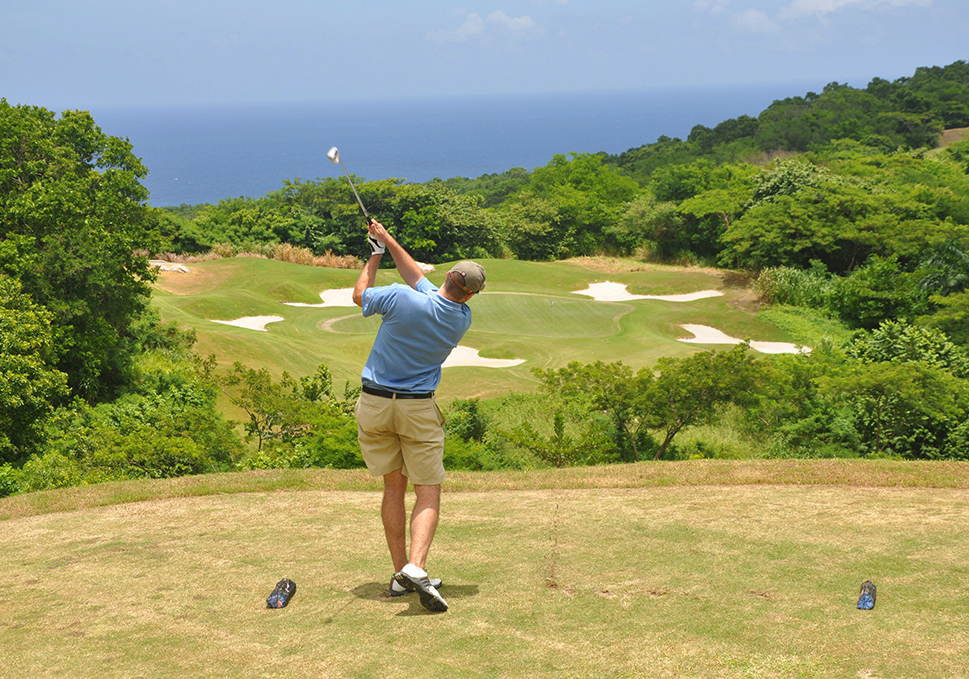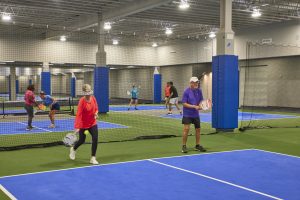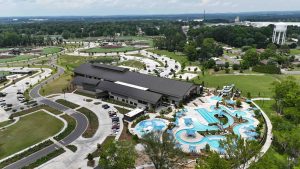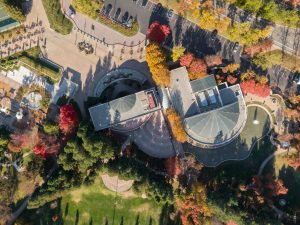Sports tourism: the fastest growing segment within the travel industry today.
Defining Sports Tourism
Broad in its scope, sports tourism is defined as an individual’s travel to a location for the specific purpose of either participating in or viewing a sporting event. Parents who support children who are participating in sporting events can be included in this definition as well. Essentially, sports tourism means different things to a myriad of people. It could be anything from a senior racquetball tournament for retired couples to little Johnny’s travel basketball team flying to Puerto Rico for a select invitational to a weekend getaway in March to see the Royals take on the Padres in Arizona. According to Ohio State University’s College of Food, Agriculture, and Environmental Sciences, which houses their economic development programs, sports tourism can be broken into five categories:
- Sports participation
- Sports events
- Sports training
- Luxury sports tourism
- Tourism with sports content
Whatever sport tourists are traveling for, their presence has become quite lucrative. Youth sports tourism, a subset of sports tourism, is growing at a particularly rapid rate, Wintergreen Research, Inc has valued the youth sports tourism industry at $15.8 billion and has projected it to double in size in the next few years. The economic and cultural impact of youth sports tourism even drew the interest HBO’s Real Sports, who discussed it this recent episode.
Why Sports Tourism is Important
Economic Impact
Sports tourism is one of the fastest growing segments within the travel industry. From weekend tournaments to tailgating at Talladega, this kind of tourism brings hundreds of thousands of visitors to a specific location. And guess what? Those people need to eat, and they need places to stay (probably a good souvenir, too). That means more money to hotels, restaurants, sports facilities, and gift-shops alike. Last year alone, SFM hosted more than 20 million visitors in our sports facilities, many of which were for the purpose of sports tourism. Rocky Top Sports World closed the ‘books’ on their 2017-2018 season and reported a whopping $45.7 million dollars in economic impact – significantly outperforming the original projections.
Placemaking
Sports tourism helps communities throughout the United States establish an identity that can draw visitors who, with time, may become residents. In 2004, the city of Round Rock, Texas launched a campaign to brand themselves as the “sports capital of Texas.” This was done to capitalize on a set of existing sports assets and draw regional and national events and visitors to this city of over 120,000 residents. The city’s branding efforts featured online and offline components and centered around the icon of a folding chair with the Texas flag on it- a nod to an essential item for parents of youth sports athletes.
Today, the Round Rock Sports Center and Round Rock Multipurpose Complex has hosted a myriad of events, including the U.S. Lacrosse Women’s Collegiate National Championship, US Quidditch Cup 11, USA Judo National Championship, and the UIL State Baseball Championship. It’s also the home of the Texas Rangers’ AAA affiliate team, The Round Rock Express and Major League Rugby team, the Austin Herd.
How to Start A Sports Tourism Complex
Starting a new sports tourism complex starts with a vision and quickly moves into understanding the opportunity in the community. If the location, market demand, and other factors are primed, cities of all sizes can take advantage of the economic development benefits generated from sports tourism. Here are a few high-level steps for bringing a sports tourism complex to your city:
- Determine the vision for your complex and define success: What type of complex do you want in your community? Do you want baseball fields? Hockey rinks? A surf park? Are there facilities in place to play these sports? If they exist, are they large enough to host regional or national events? From there, it’s critical to determine what success looks like for your community. For many communities, economic impact is critical. A sports facility needs to bring visitors to their community and generate revenue for local businesses.
- Assess the market: A vision for your sports complex is important, but it’s chances for success must be evaluated closely. A feasibility report provides an analysis of the factors that may impact a proposed facility. This includes an assessment of comparable venues in your market and an analysis of the region’s demographics. This information can help you determine your region’s ability to support a sports complex and inform decisions on the type of facility to pursue. Financial forecasting is critical as well. At Sports Facilities Advisory, we produce a ProForma, which is an institutional grade financial forecast that provides a comprehensive initial picture of all the financial considerations associated with a facility project. Report components include, preliminary construction and start-up cost estimates, a detailed 5-year financial forecast based on options for what a facility may offer, and an economic impact analysis.
- Seek funding and partners: Sports complexes don’t get built without funding. A financial forecast provides a clear picture for banks and other potential funding partners of a project’s ability and timeline for accomplishing its goals. From there, a funding strategy is devised to help identify key funding partners and further define the facility’s business model. Funding presentations are made in this stage in order to reach financial commitments for the project. Beyond financial institutions, partnerships can be built with a variety of entities that can provide financial support and awareness. This includes hospitals, educational institutions, and sports organizations among others.
- Development: Once funding is in place; all phases of facility development can commence. This includes operational tasks such as staff selection and development, facility branding and marketing, bringing in events and sponsors, and most importantly, the construction of the complex. The construction of the facility includes venue planning services. Sports facilities have requirements that stand apart from those of standard facilities. The equipment that is procured and put in place in these facilities must be compliant per the rules of event operators that you are looking to work with.
At Sports Facilities Advisory and Sports Facilities Management, we believe in the power of sports tourism to transform communities. We are with you every step of the way with comprehensive data from sports complexes in over 2,000 communities, the most trusted financial forecast, and expertise in every phase of sports facilities development and management.
Are you ready to learn more about sports tourism and how it can benefit your community? Contact us today or call us at (727) 474-3845.






